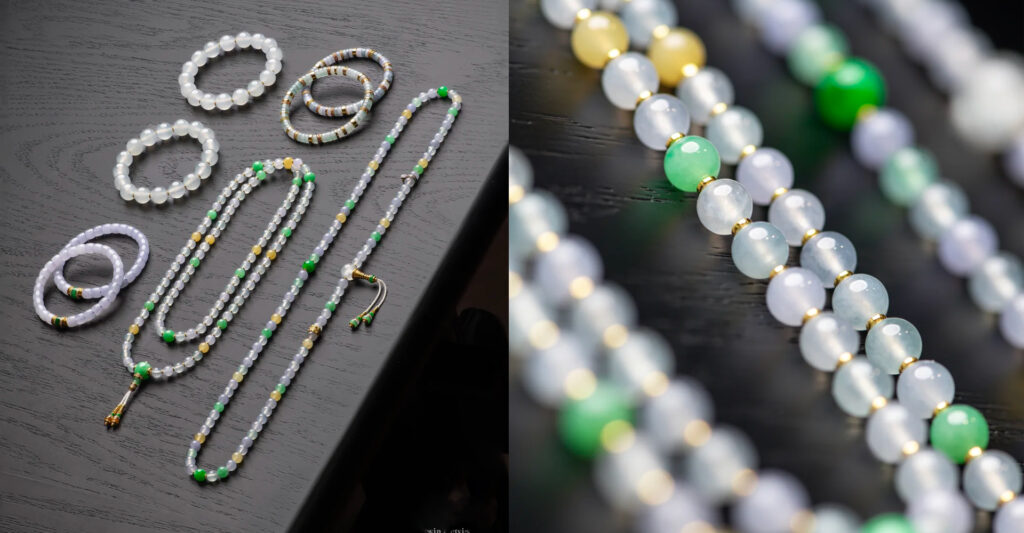China has long been renowned worldwide as the Land of Jade. Ancient Chinese philosophy likened the virtues of a gentleman to those of jade, using the stone’s qualities as a metaphor for moral character. Jade is a beautiful mineral stone, characterized by its fine texture, hardness, alluring luster, and slight translucency. Today, we introduce Xinjiang’s Hetian soft jade—Hetian Jade.
Xinjiang’s Hetian jade ranks among China’s four renowned jades alongside Shaanxi’s Lantian jade, Liaoning’s Xiuyan jade, and Henan’s Dushan jade. With its natural hues, oily luster, and warm radiance—dense yet lustrous, flawless yet radiant—Hetian jade has earned its place among the world’s most prized treasures.

Raw Material Classification:
Mountain material: Mountain material refers to primary ore deposits formed in mountainous regions;
River-washed jade: Primitive ore weathered, eroded, and dislodged, then washed downstream by rainwater;
Seed jade: Formed over millions of years by being washed into rivers and subjected to constant erosion and collision by rainwater and river currents. Therefore, high-quality jade is typically seed jade, characterized by small size, often oval shape, and a smooth surface;
Gobi material: The Gobi Desert in southern Xinjiang is the only source of raw material that can rival seed jade in quality;
Color Classification:
White Jade: The whiter the color of white jade, the higher its value. The finest variety of Hetian jade is known as “mutton-fat white jade.” It exhibits a creamy white hue, with a texture that is exceptionally fine and moist, radiating a warm, lustrous sheen and possessing outstanding oiliness;
Greenish-white jadeite: A type of nephrite jade with a color ranging from white to pale greenish-blue. During the Qing Dynasty, greenish-white jadeite was predominantly used in the imperial court for crafting vessels;
Green jade: Also known as nephrite, it possesses an exceptionally fine texture, a warm and smooth feel, and a gentle luster. Ancient descriptions of green jade included terms like “willow green,” “bamboo leaf green,” and “shrimp roe green.” Though far less precious than white jade, green jade exhibits excellent toughness, making it a vital material for crafting thin-walled vessels;
Black Jade: Black jade features a deep, rich color, a fine texture, and intricate patterns. Its overall appearance is as dark as ink, making it highly renowned. It is a precious and rare variety from Xinjiang;
Sugar Jade: Most sugar jade from Hotan, Xinjiang, is primarily mountain-mined material, exhibiting a coffee-brown hue.